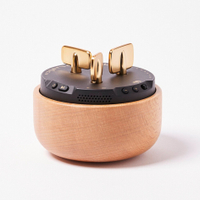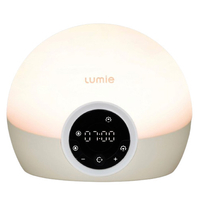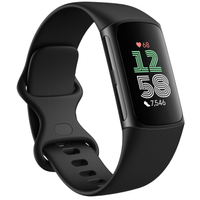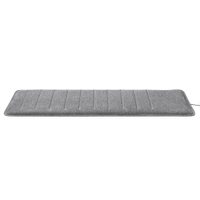Sleep better for longer - the latest sleep tech that promises to help you drift off
Having trouble sleeping? Try out the latest in sleep tech to help you wake up refreshed
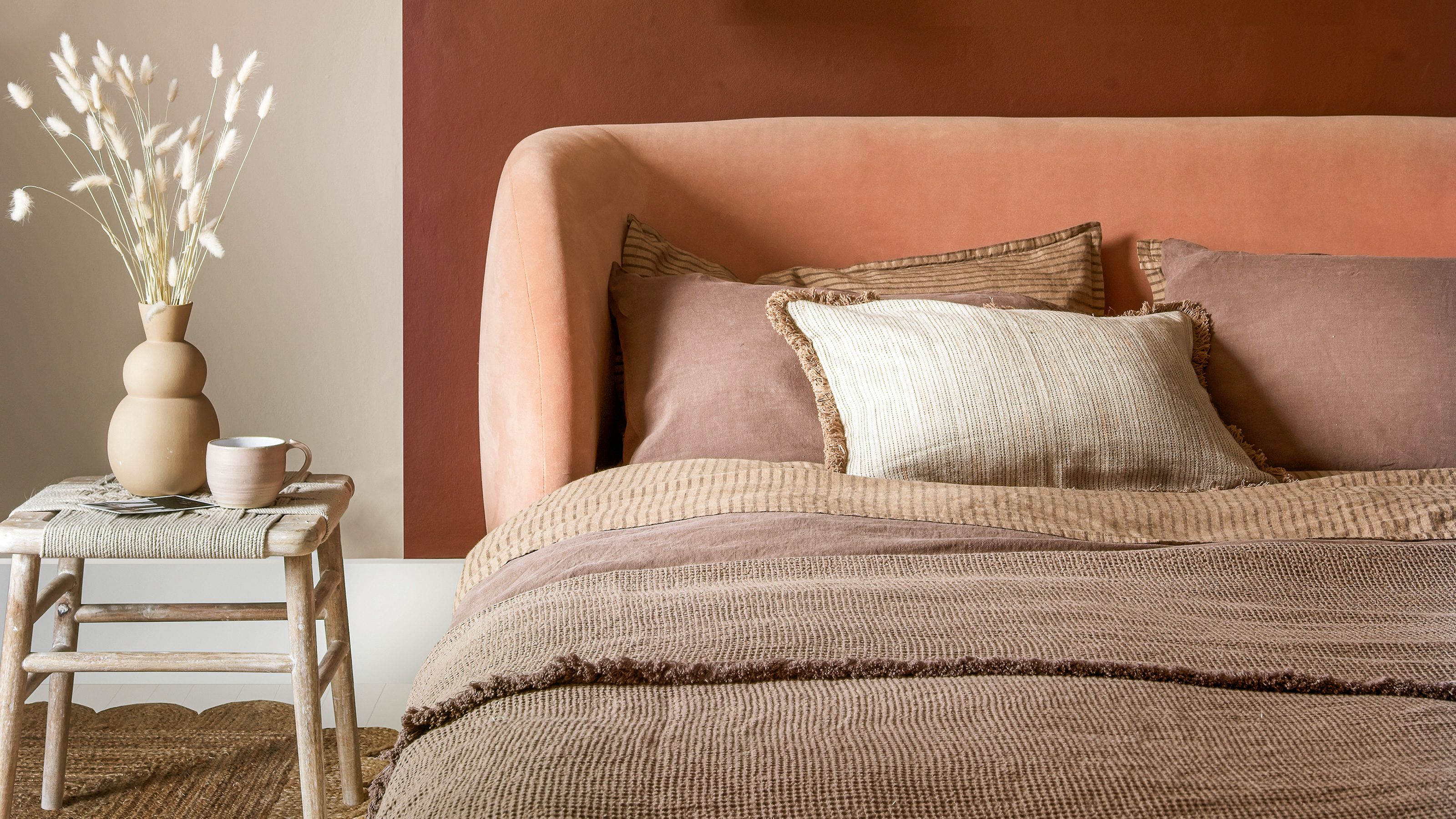

If you’re one of the millions that suffer from sleep deprivation, sleep tech may be able to help. Truth be told, sleep tech is a bit of an oxymoron - the idea that tech can help you sleep, when we’re so often warned that scrolling through our phones late at night will affect our sleep patterns... but ours is a world full of contradictions.
There are loads of ways in which tech can help - from clever programmable lighting that is built into your smart home system, to sleep analysis via trackers both wearable or working silently in the background.
Aside from abandoning all screen time for at least an hour before heading to bed, here are the latest ways that tech can help you catch some much-needed shut eye.
Sleep tech - 4 ways in which tech can help you drift off
From analysing your sleep patterns to simply having a little background noise to help you catch some Zs, here are some of the ways that tech can help...
1. Sleepy sounds
If your mind is racing or you keep waking at the smallest of sounds, some dreamy audio can drown out the distractions that keep you wide awake. There are a whole host of free sleep apps available for download that can play the sound of rain, wind chimes, running water, white noise, ocean waves and more, as you sleep.
Apple, for instance, has built this functionality built into its entire range of iPhones. Head to your Settings, select Accessibility, then Audio & Visual. From here, turn Background Sounds on. You will now find this option in your Control Centre for quick access, via the ear icon. Choose from ocean sounds to rain and trickling streams, and toggle it on and off whenever you need an aural distraction.
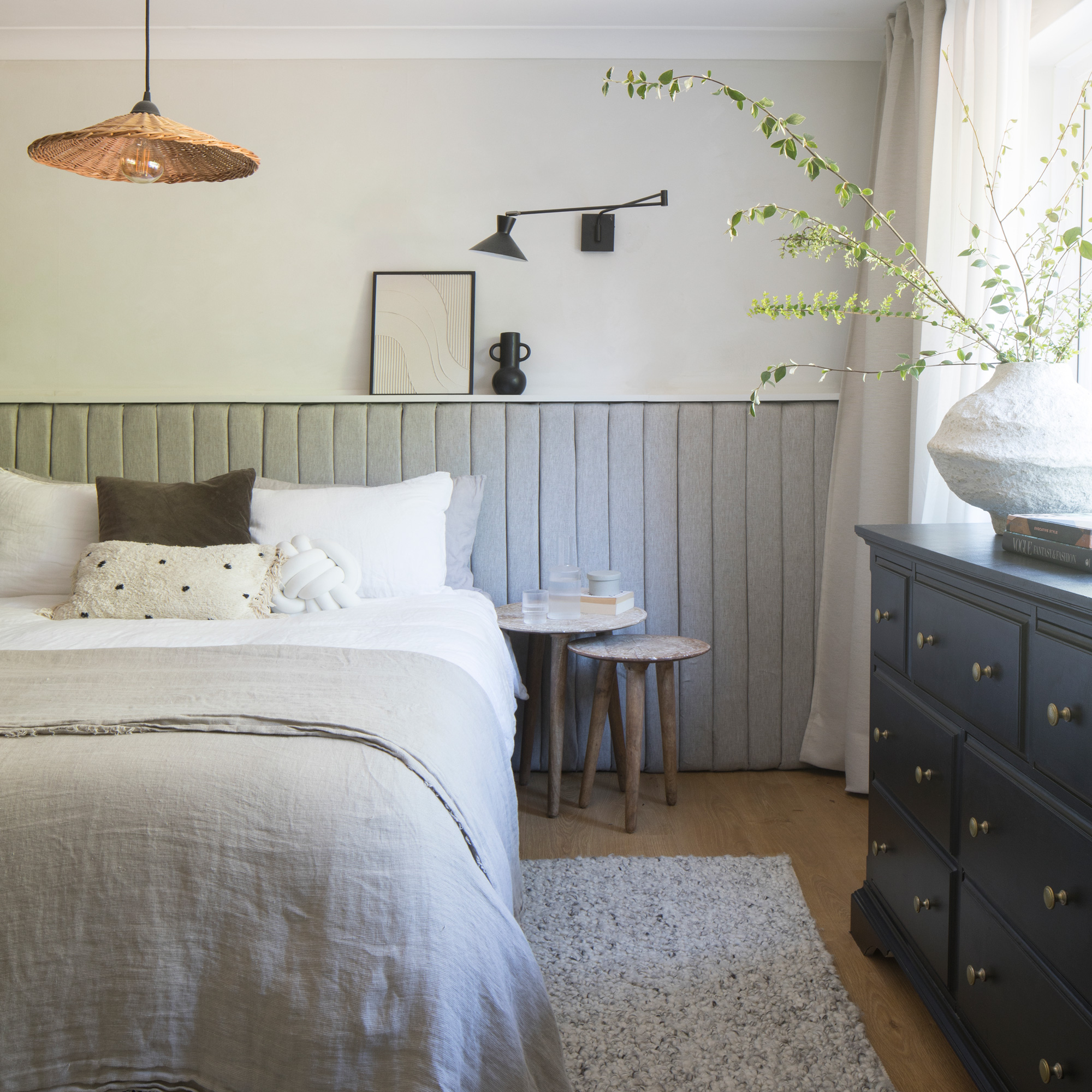
Alternatively, and looking somewhat like a Harry Potter gadget, the Morphee Sleep aid is a stand alone gadget that offers a wide choice of soothing sounds, music and breathing exercises to encourage the listener to drift off. Bonus points for the fact that it doesn't look too shabby on your bedside table...
Morphée Guided Meditation Sleep-Aid Device | £75 at Oliver Bonas
Within this stylish wooden gadget, you'll have access to 210 different ‘sessions’ - from relaxing music, breathing exercises, meditation and more to help you drift off with ease.
2. Dreamy lighting
Automated smart lighting that dims in the evenings and gradually brightens in the mornings can gently ease you into the mood to sleep, so much so you may not even notice it at work.
Get the Ideal Home Newsletter
Sign up to our newsletter for style and decor inspiration, house makeovers, project advice and more.
Invest in Philips Hue smart lights and you can avail of the preset Go To Sleep and Wake Up automations. Select them, adjust the timings to suite you accordingly and everything will be done for you.
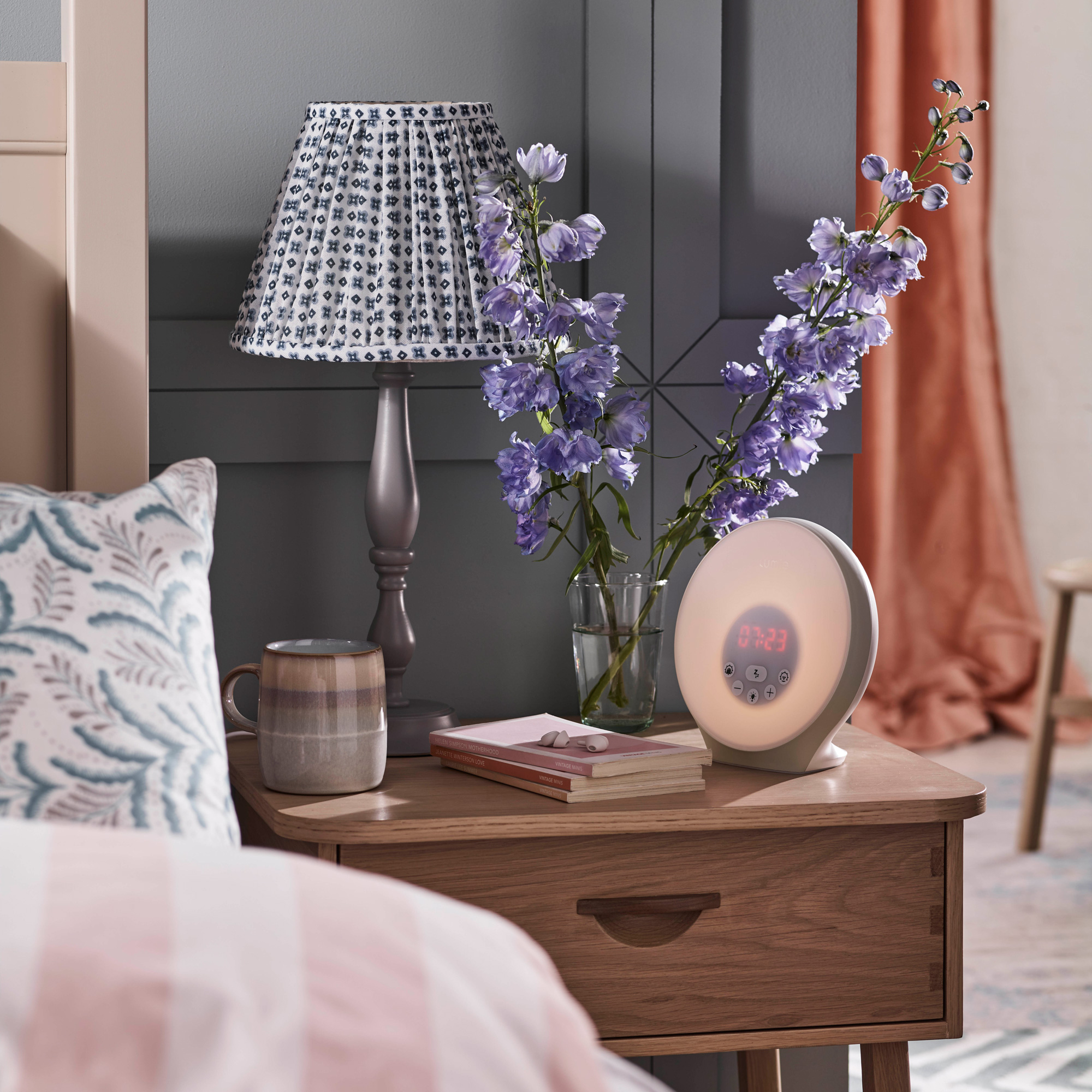
Similarly, Lumie’s wide range of Bodyclocks combine sunrise and sunset lights with a host of extras like alarm clocks, radio and white noise sounds.
Lumie Bodyclock Spark 100 Wake up to Daylight Table Lamp | £74.79 at John Lewis & Partners
This bright bedside light and digital alarm clock combo will fade gradually over a period of 30 minutes before your dedicated bedtime, then gradually build up in brightness for 30 minutes when you're due to get up each morning, too.
3. Clever wearables
Wearables - a.k.a. tech that you wear - can track the hours that you sleep as well as your heartbeat. Google's Fitbit 5 analyses the time and quality of your sleep, as well as providing you with a daily Sleep Score (and suggested ways to improve it).
Fitbit by Google Charge 6 Activity Tracker with 6-months Premium Membership | £139 at Amazon
As well as being a fitness tracker, this watch features automatic sleep tracking and will provide you with a personalised sleep profile to help you tweak your night time habits for better sleep.
The Oura Ring Generation 3 (approx. £235 at Oura) is as the name suggests a band you wear on your finger that tracks how well you sleep every night, based on how long you spend in each sleep stage, from light sleep to REM sleep as well as your body temperature and heart rate.
4. Undetectable trackers
If the idea of wearing a tracker doesn't appeal, there are other trackers that don’t require you to have them strapped to you 24-7.
The Withings sleep analyser is a thin mat that you slip under your mattress, so apart from the data that it collects each night and feeds back to you each morning, you’ll never know it’s there. It’ll analyse your breathing patterns, heart rate and body movements, even going so far as diagnosing sleep apnea.
Sleep Analyzer | £129.95 at Withings
Slide this small mat under your mattress, Pincess and the Pea style, and it'll silently analyse how you sleep, from how much you toss and turn, how deeply you breathe and the speed of your heartbeat to really see how much rest you're getting each night.
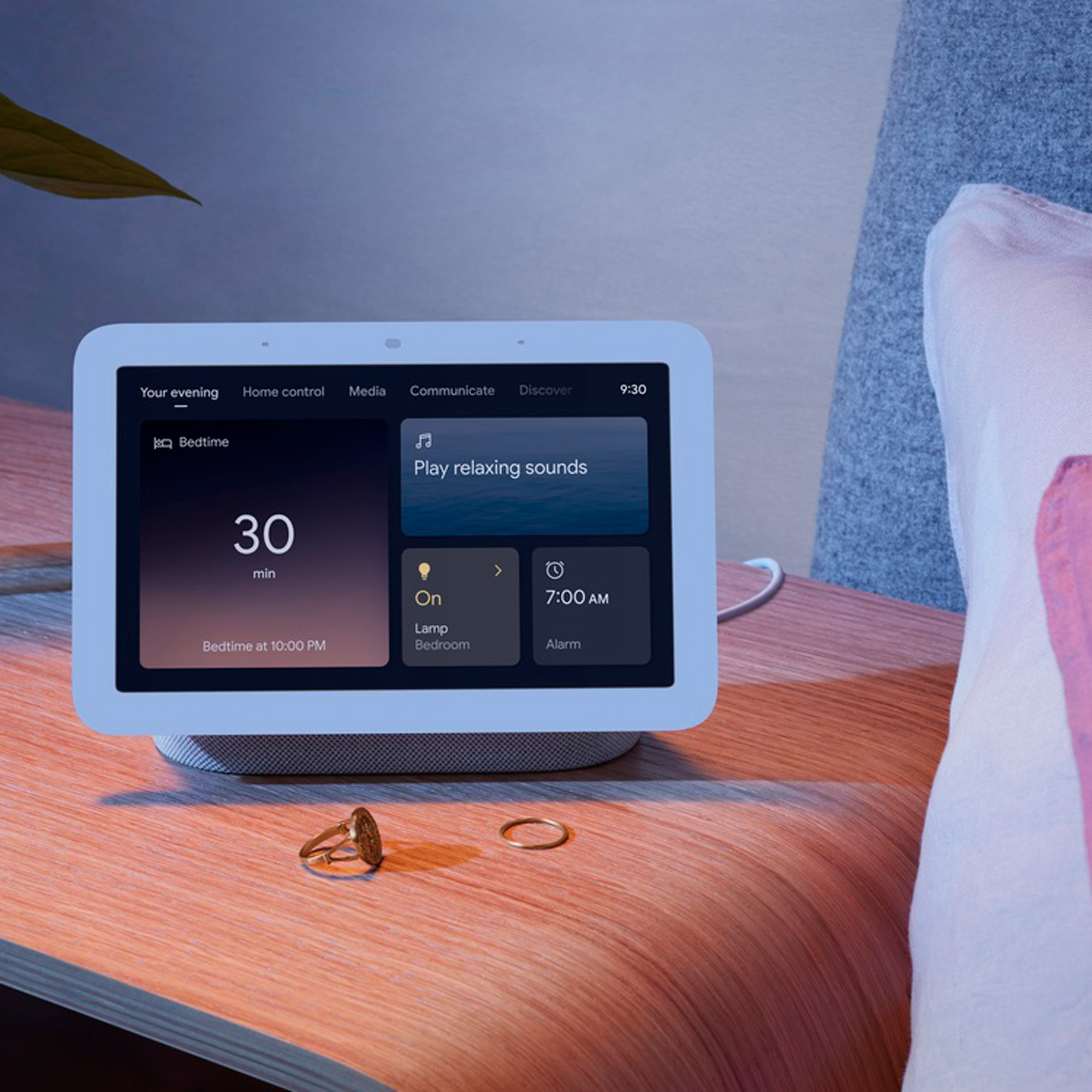
And if you have a Google Nest Hub (2nd Gen) Smart Display (£89.99 from Currys), its clever Sleep Sensing feature uses motion and sound to track the way you sleep, giving you weekly suggestions on ways to improve the quality of your sleep.
Remember though, if you do have trouble sleeping and it becomes problematic, your first port of call should be your GP. Be open to changing your diet and habits first before relying on tech to fix the problem.

Ginevra Benedetti has been the Deputy Editor of Ideal Home magazine since 2021. With a career in magazines spanning nearly twenty years, she has worked for the majority of the UK’s interiors magazines, both as staff and as a freelancer. She first joined the Ideal Home team in 2011, initially as the Deputy Decorating Editor and has never left! She currently oversees the publication of the brand’s magazine each month, from planning through to publication, editing, writing or commissioning the majority of the content.
-
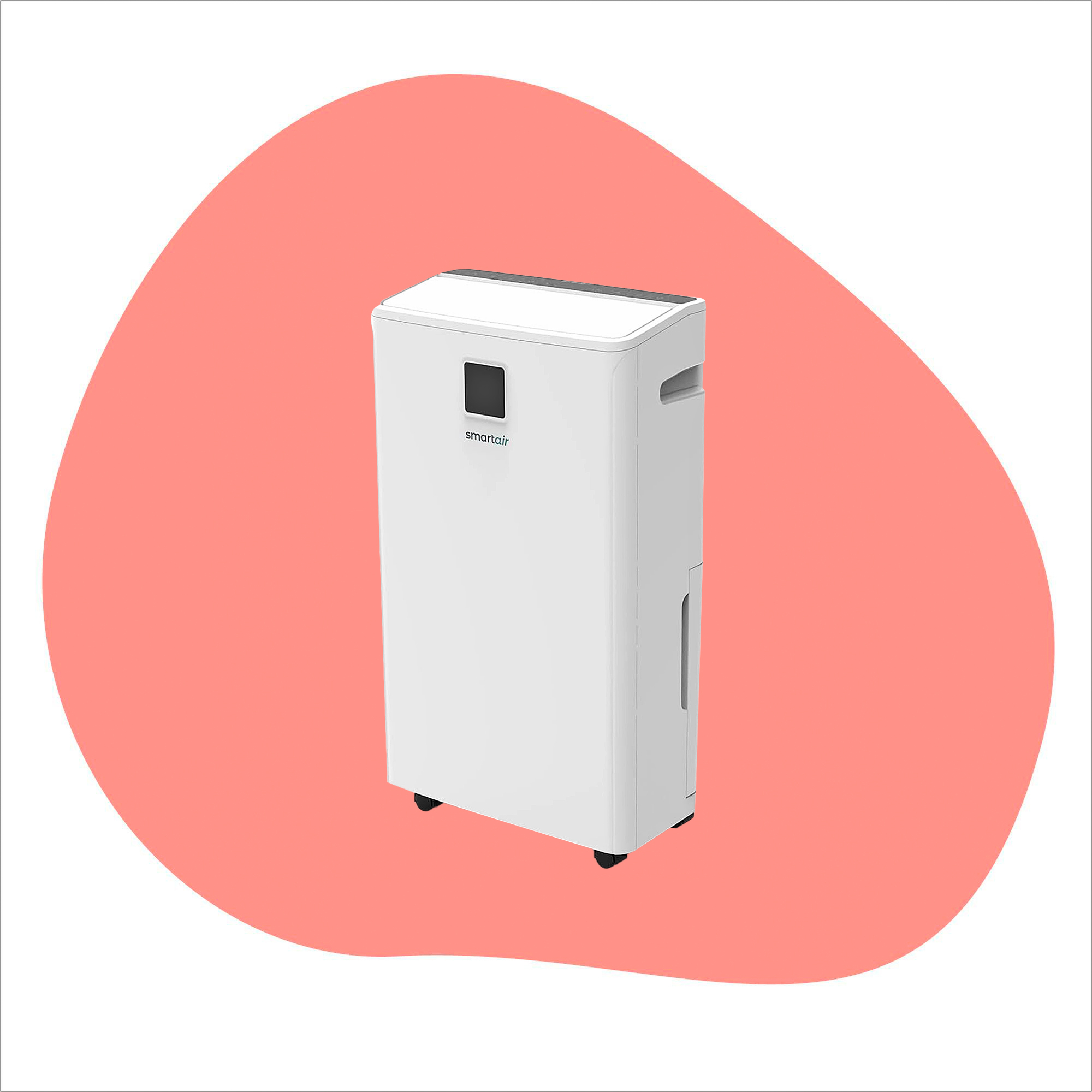 I tried out this neat little dehumidifier for a month – it dried my laundry in half the time
I tried out this neat little dehumidifier for a month – it dried my laundry in half the timeThe 20L SmartAir Dry Zone dehumidifier tackled my laundry drying woes head on
By Jenny McFarlane
-
 I’m seeing pastel garden furniture at all my favourite brands this spring, but QVC’s sorbet collection impressed me the most
I’m seeing pastel garden furniture at all my favourite brands this spring, but QVC’s sorbet collection impressed me the mostFresh pastel shades are a great way to liven up your outdoor space
By Kezia Reynolds
-
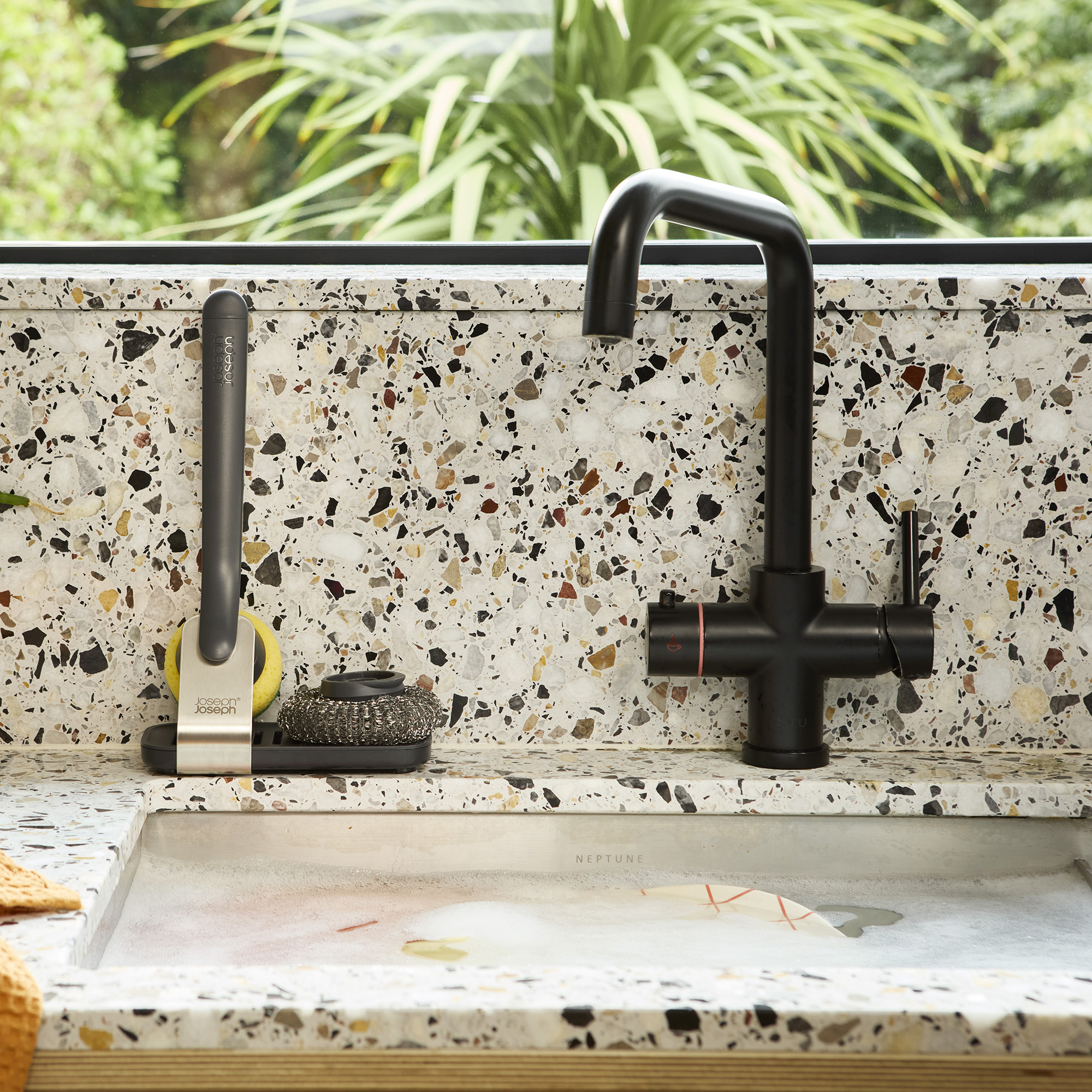 Don't tell my flatmates, but Joseph Joseph's clever new sink range finally made me enjoy washing up
Don't tell my flatmates, but Joseph Joseph's clever new sink range finally made me enjoy washing upI didn't know stylish washing up accessories existed until I saw this collection
By Holly Cockburn
-
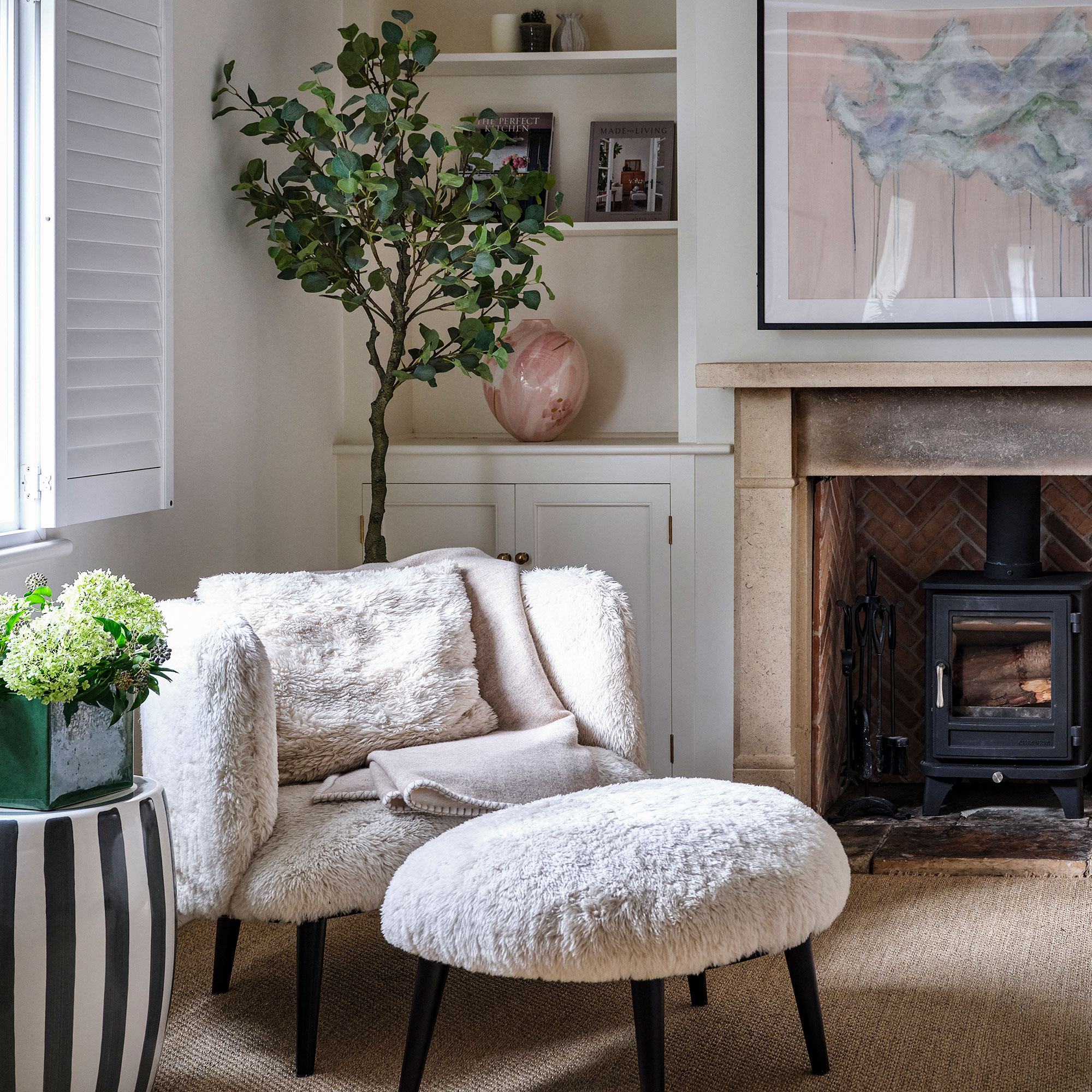 Hygge living room ideas — 6 ways to warm up your home with this Danish concept and cosy aesthetic
Hygge living room ideas — 6 ways to warm up your home with this Danish concept and cosy aestheticHunker down until summer finally arrives with these warming ideas
By Rebecca Knight
-
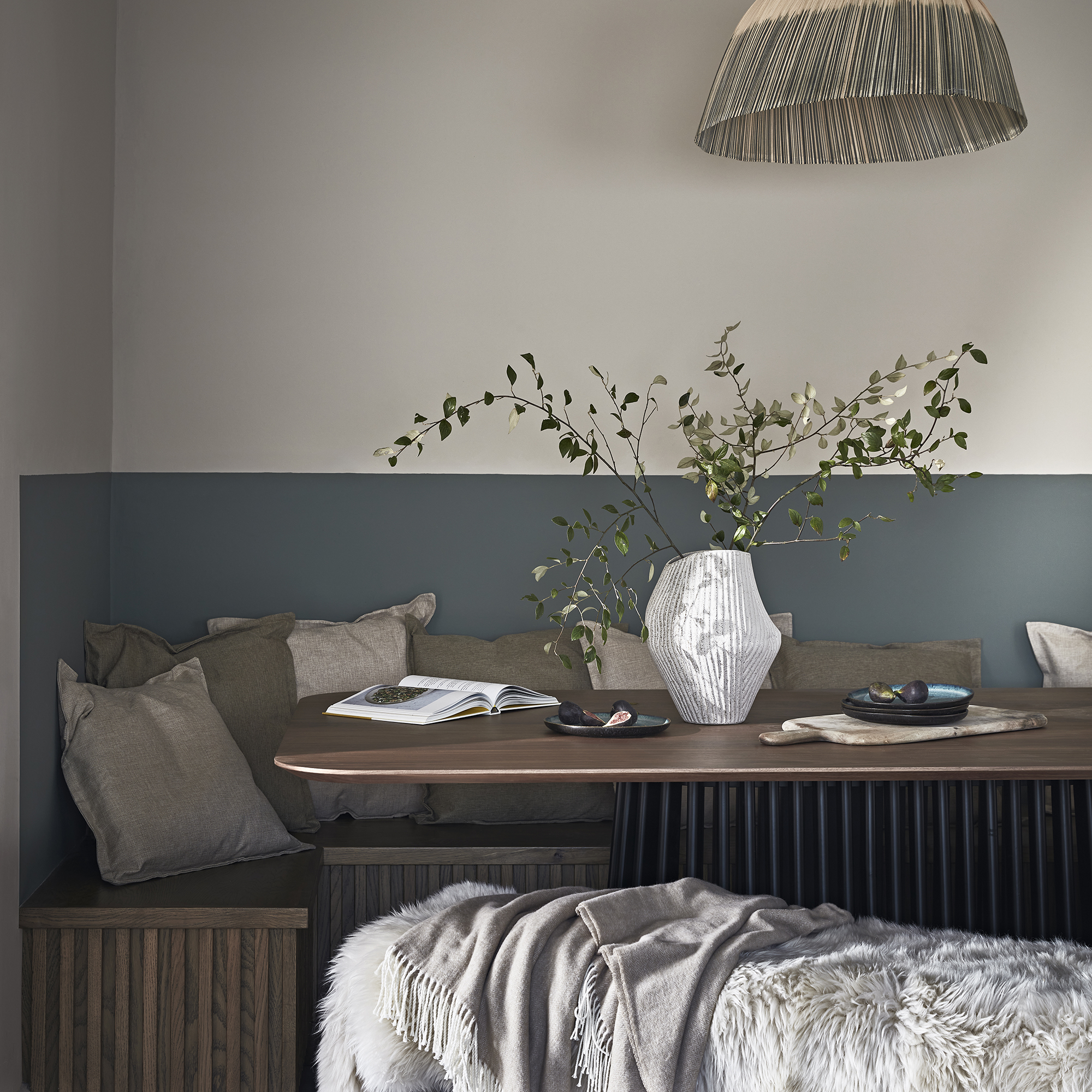
 How to create a sensory home – interiors experts reveal 5 easy ways to style your home and soothe your mind
How to create a sensory home – interiors experts reveal 5 easy ways to style your home and soothe your mindYou can turn any space into a sanctuary by following these simple steps
By Maddie Balcombe
-
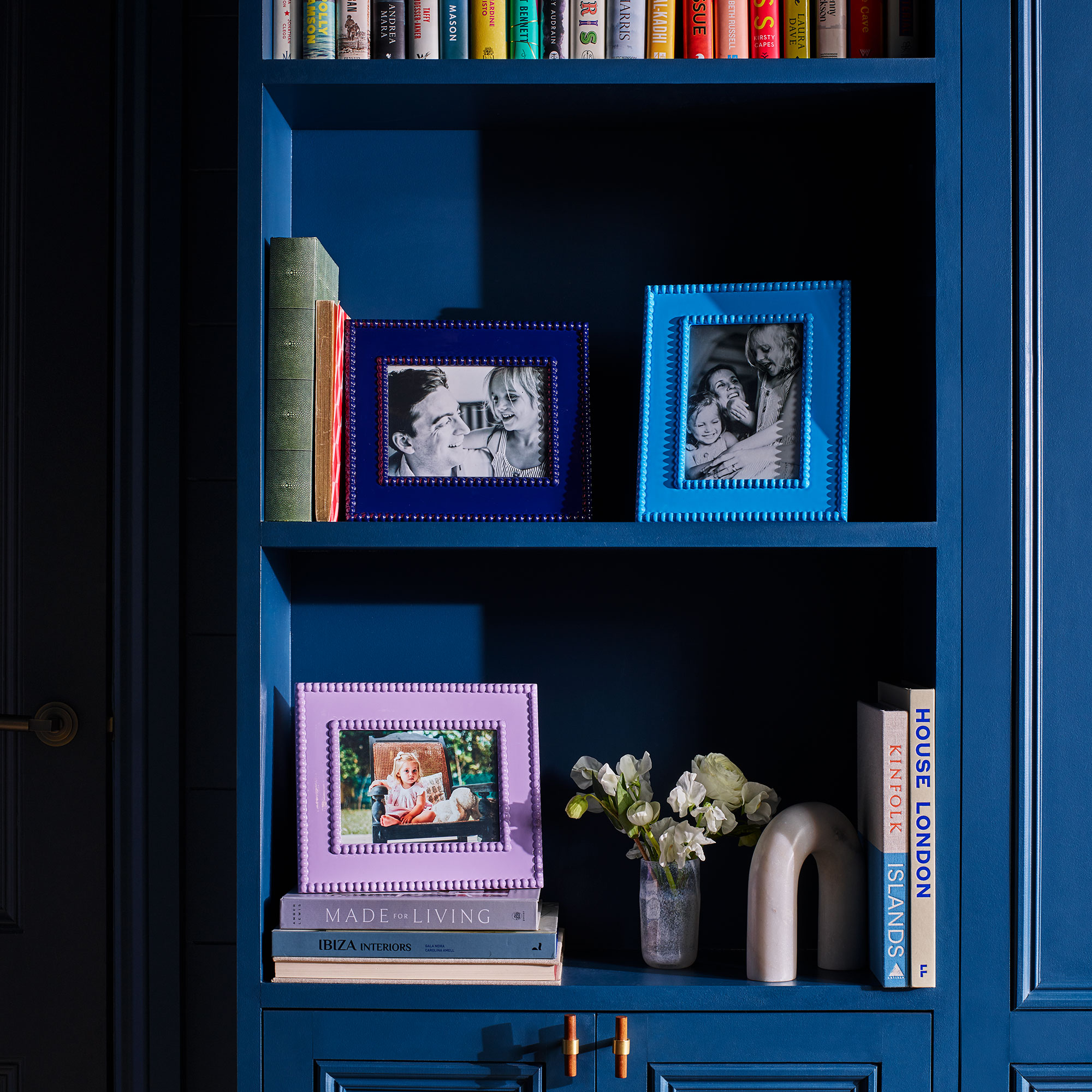
 Can displaying family photos at home make you happier? According to research it can — 5 ways to do it in style
Can displaying family photos at home make you happier? According to research it can — 5 ways to do it in styleHarness the mood-boosting power of looking through old photos by displaying your favourites
By Rebecca Knight
-
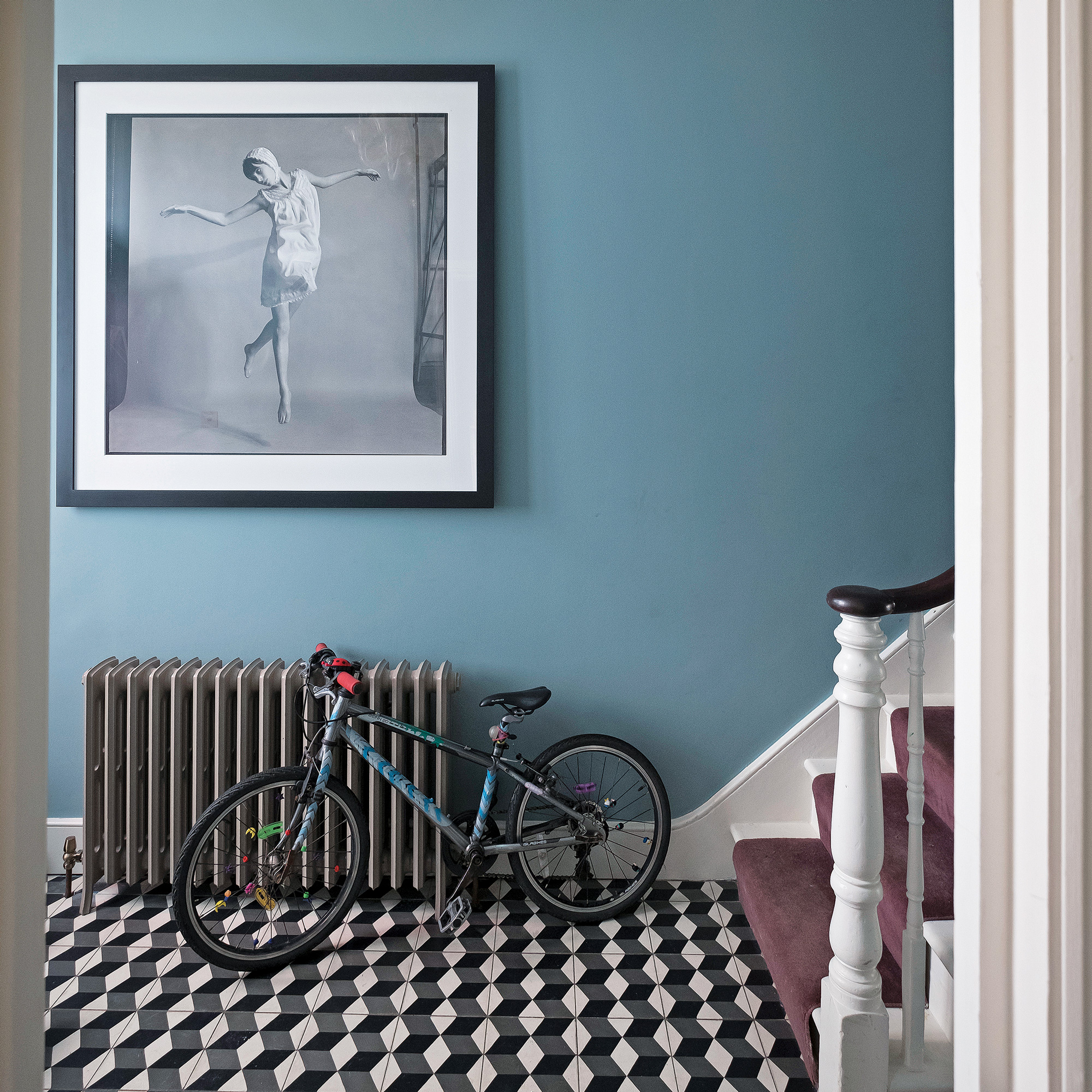 How to make a hallway smell incredible without candles - 7 ways to gently fragrance your entranceway
How to make a hallway smell incredible without candles - 7 ways to gently fragrance your entrancewayGo flame-free to safely scent your entryway
By Vanessa Richmond
-
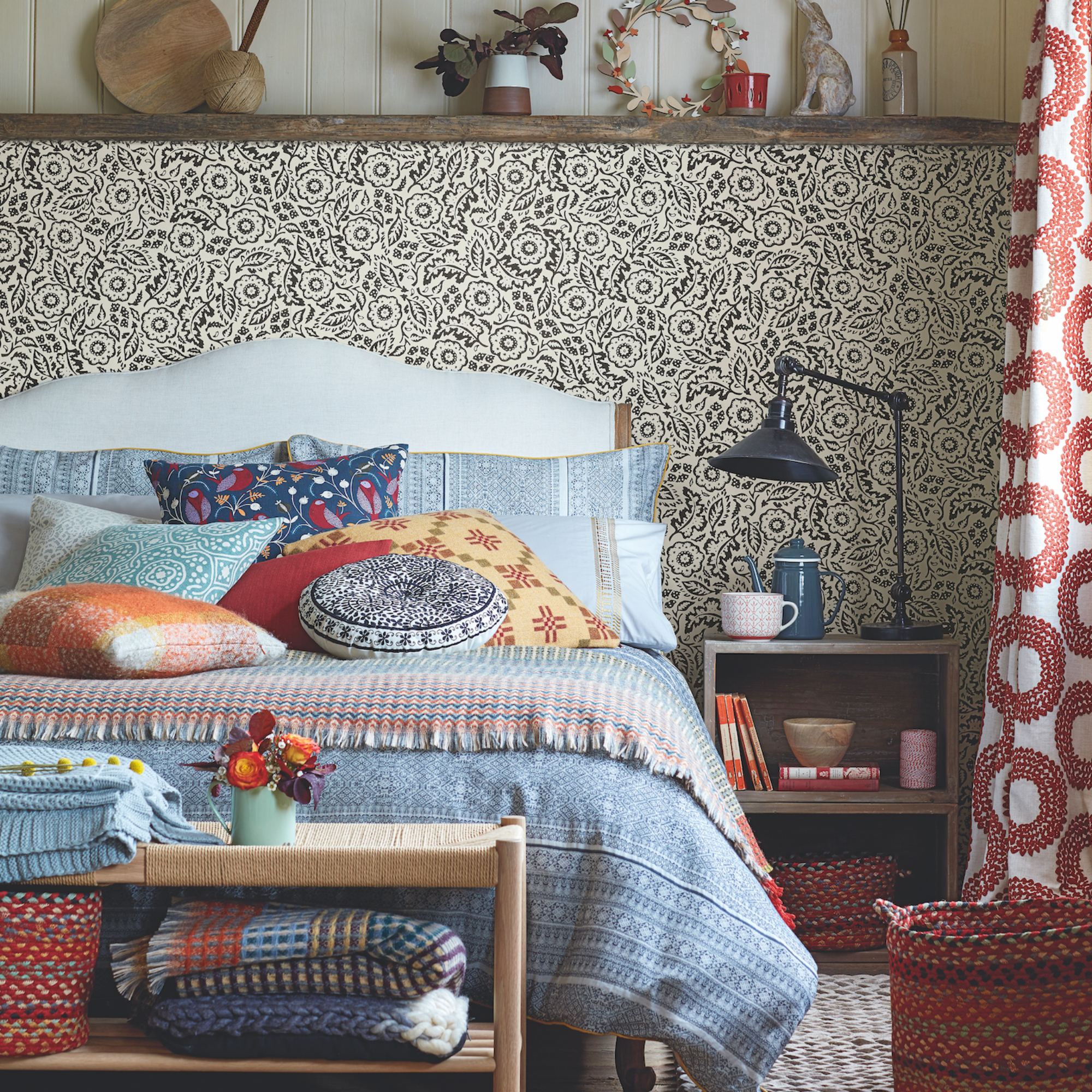 6 ways I brighten my home in January when the Christmas decorations come down, as an interior stylist
6 ways I brighten my home in January when the Christmas decorations come down, as an interior stylistHelp banish the winter gloom with these uplifting ideas
By Laurie Davidson
-
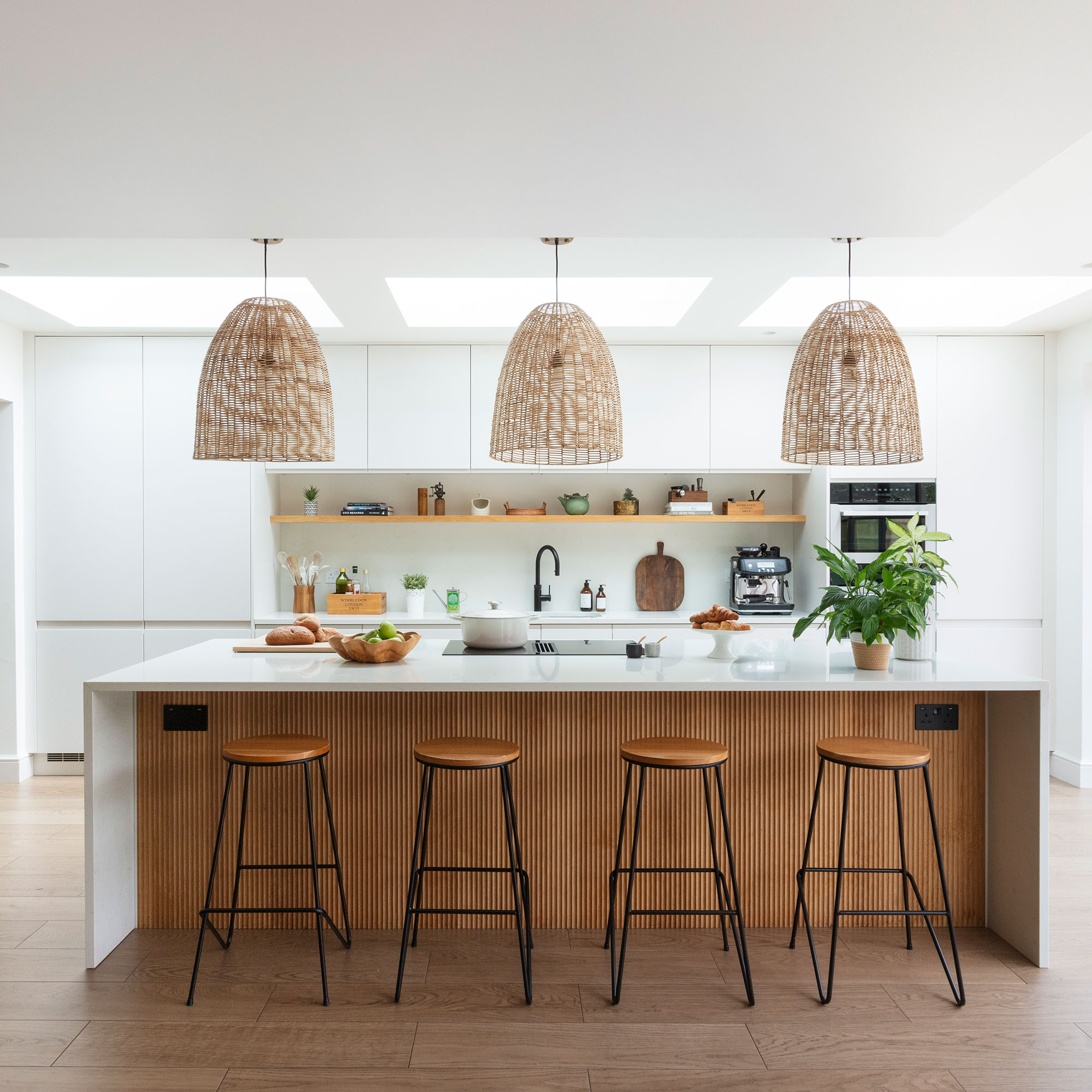 Kitchen hacks to encourage healthy eating habits — 7 ways your kitchen can support healthy living
Kitchen hacks to encourage healthy eating habits — 7 ways your kitchen can support healthy livingMake creating healthy changes easy by following these tips
By Eilidh Williams
-
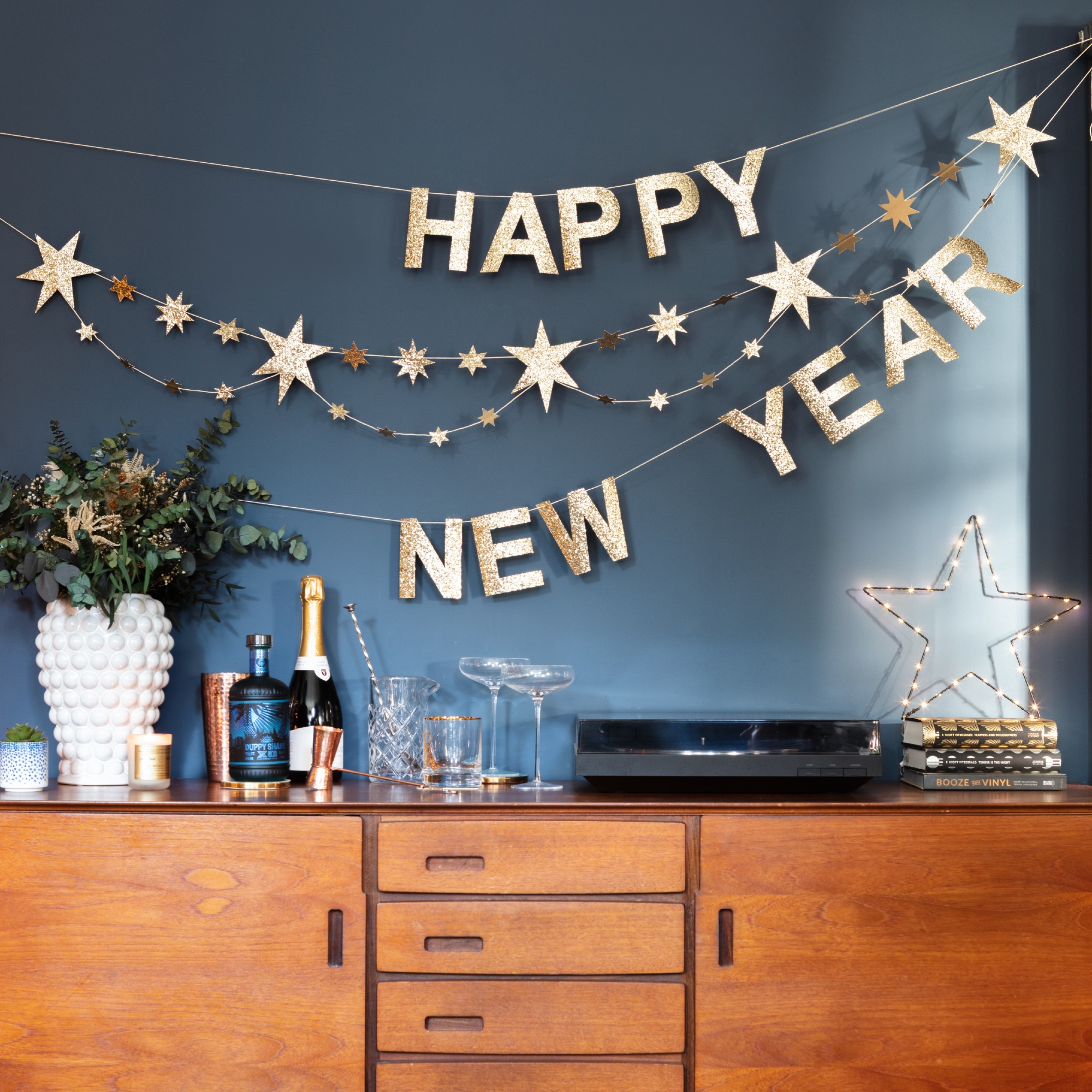 How to reset your home after Christmas to restore a sense of calm
How to reset your home after Christmas to restore a sense of calmFollow these 7 steps to get back to normal at home and beat post-Christmas blues
By Eilidh Williams
-
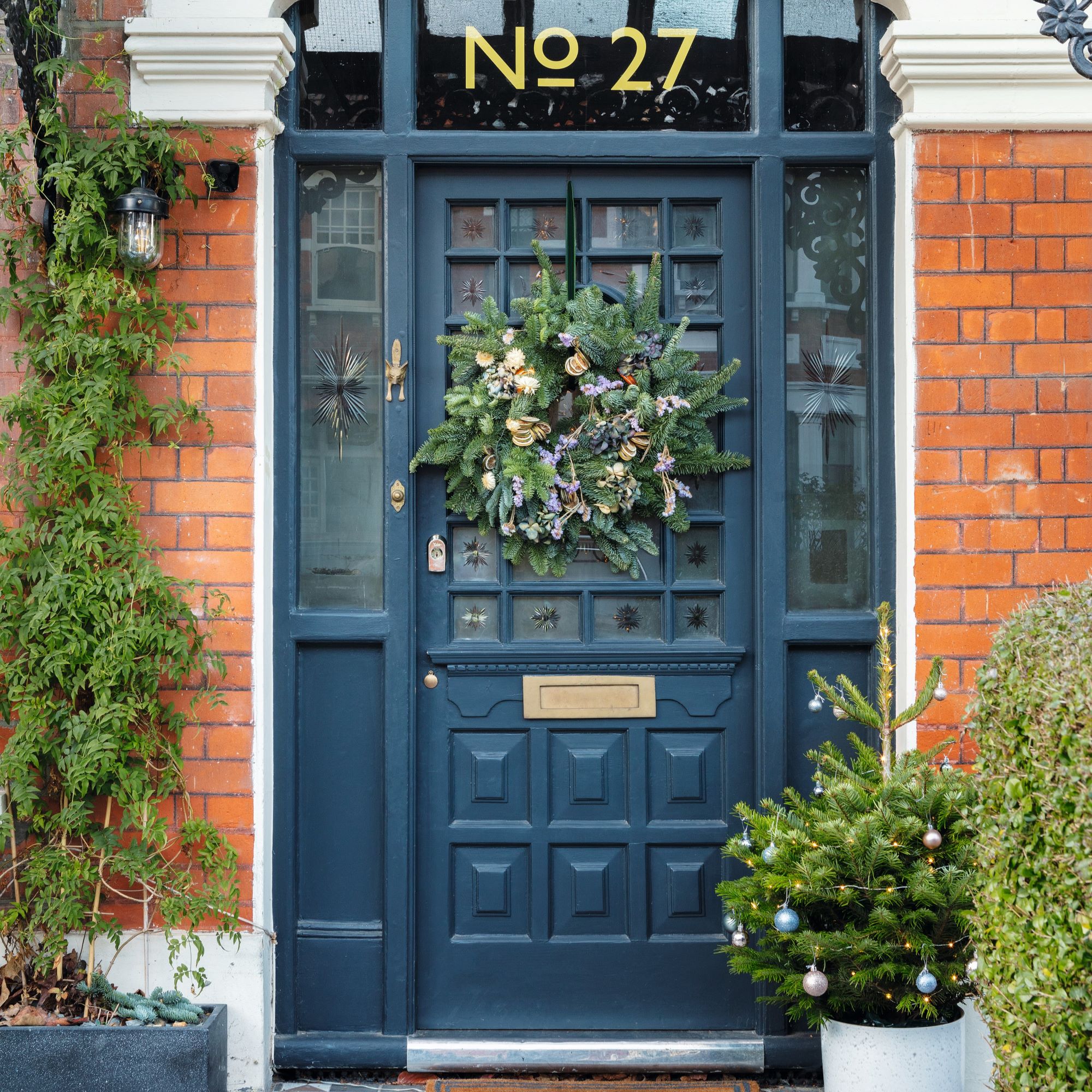 How to make a house look more inviting - 8 ways to quickly boost your house’s appeal in time for Christmas
How to make a house look more inviting - 8 ways to quickly boost your house’s appeal in time for ChristmasMake visitors feel welcome from the second they step foot on your property
By Vanessa Richmond
